I’m pretty sick of subscriptions. It feels like nothing we own is actually ours. Between the various media, gaming, and app plans I pay for, my fitness tracker is the last thing I’d want to add to the list. And with rumors of a Samsung subscription service debuting alongside the Galaxy Ring still swirling, how long will it take before I have to pay to access features on my Galaxy Watch?
Perhaps it’s an irrational fear, but with subscriptions becoming the norm, it’s a question worth asking.
Would you buy the Galaxy Ring if it required a subscription?
921 votes
Want new features? Subscribe for more.
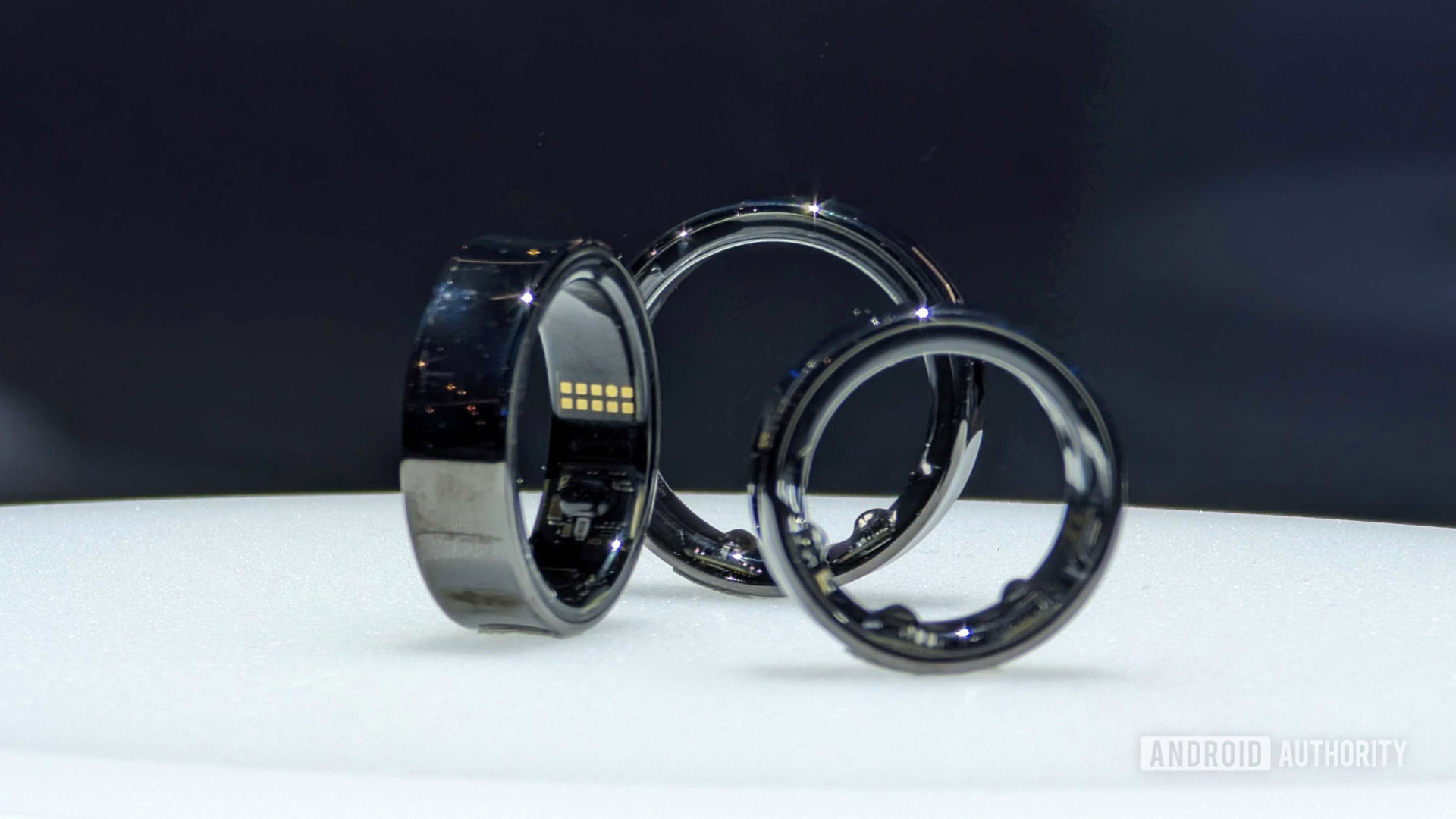
Hadlee Simons / Android Authority
Subscriptions in the wearable space aren’t new, and Samsung wouldn’t be the first to tie its hardware or features to a subscription. The Whoop 4.0 strap offers the strangest example of this, as you’re essentially paying for the membership to get a “free” wearable. This idea still rather boggles my mind. However, the current smart ring leader, the Oura Ring 3, demands a more severe pledge. Users must pay a $5.99 monthly fee to unlock all the Ring 3’s features, with only a handful of basic metrics available without it.
While Samsung might not need the steady cash income as much as Oura, it could look over at its competitor and get a few bad ideas.
There’s good reason for this, though. Oura is a much smaller company, so a reliable revenue stream is required to further develop its products. However, considering that you pay $299 for the hardware, I find it unthinkable to fork out $70 annually to gain full access to it. While Samsung might not need the steady income flow as much as Oura, it could look over at its primary competitor and get a few ideas. If it adopted a similar approach, it could rope off features of the Galaxy Ring, and potentially the Galaxy Watch, that have been freely available on its devices for years.
In reality, it wouldn’t make sense for Samsung to copy Oura, and I don’t believe it would resort to such a drastic paywall, either. Even though Samsung is an experienced wearable maker, the Galaxy Ring will be its first smart ring. As a new device in the market, rendering most of its features inaccessible would kill the product and any goodwill Samsung is trying to build in the smart ring space. That said, I’d never rule out business motivations, especially when dollar signs and shareholders are involved.
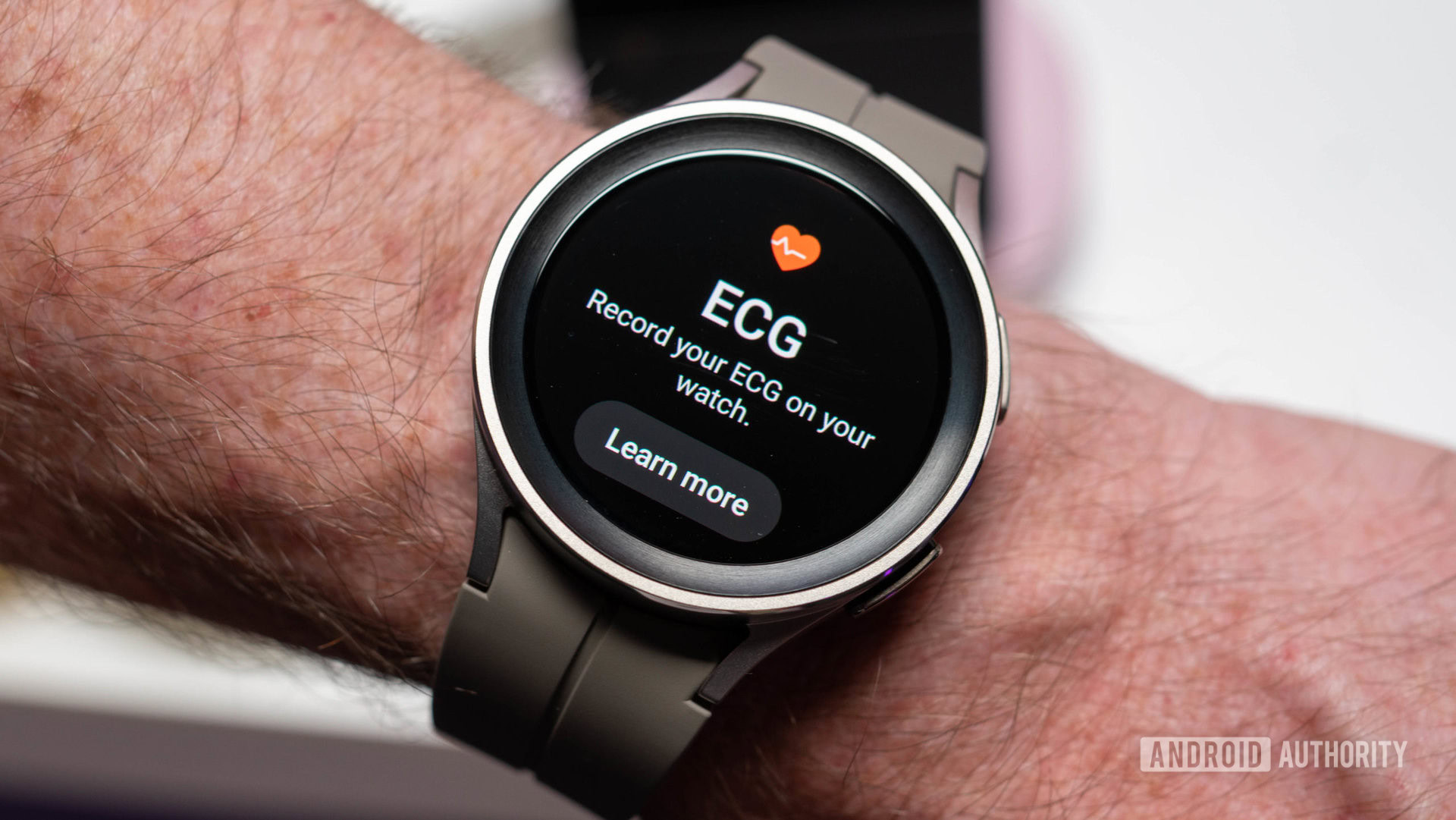
Kris Carlon / Android Authority
Samsung isn’t averse to walling off features, either. The company reserves its Watch’s blood pressure monitoring and ECG readings for Galaxy phone users, even if the necessary hardware is built into the watch, not the phone.
Samsung has failed to confirm that Galaxy AI will be available for free beyond 2025 — the potential for a paywall is already there.
Samsung also plans to add several new health metrics to its Health bouquet, many of which are fueled by its Galaxy AI smarts. Considering the background processing required to calculate metrics like new heart rate zone analytics and intelligent workout routines for millions of users, it’s likely that these and future features won’t be sustainable long-term without a charge. The company has failed to confirm that Galaxy AI will be available for free beyond 2025 on Galaxy S phones — the potential for a paywall is already there.
Not all subscriptions are made equal
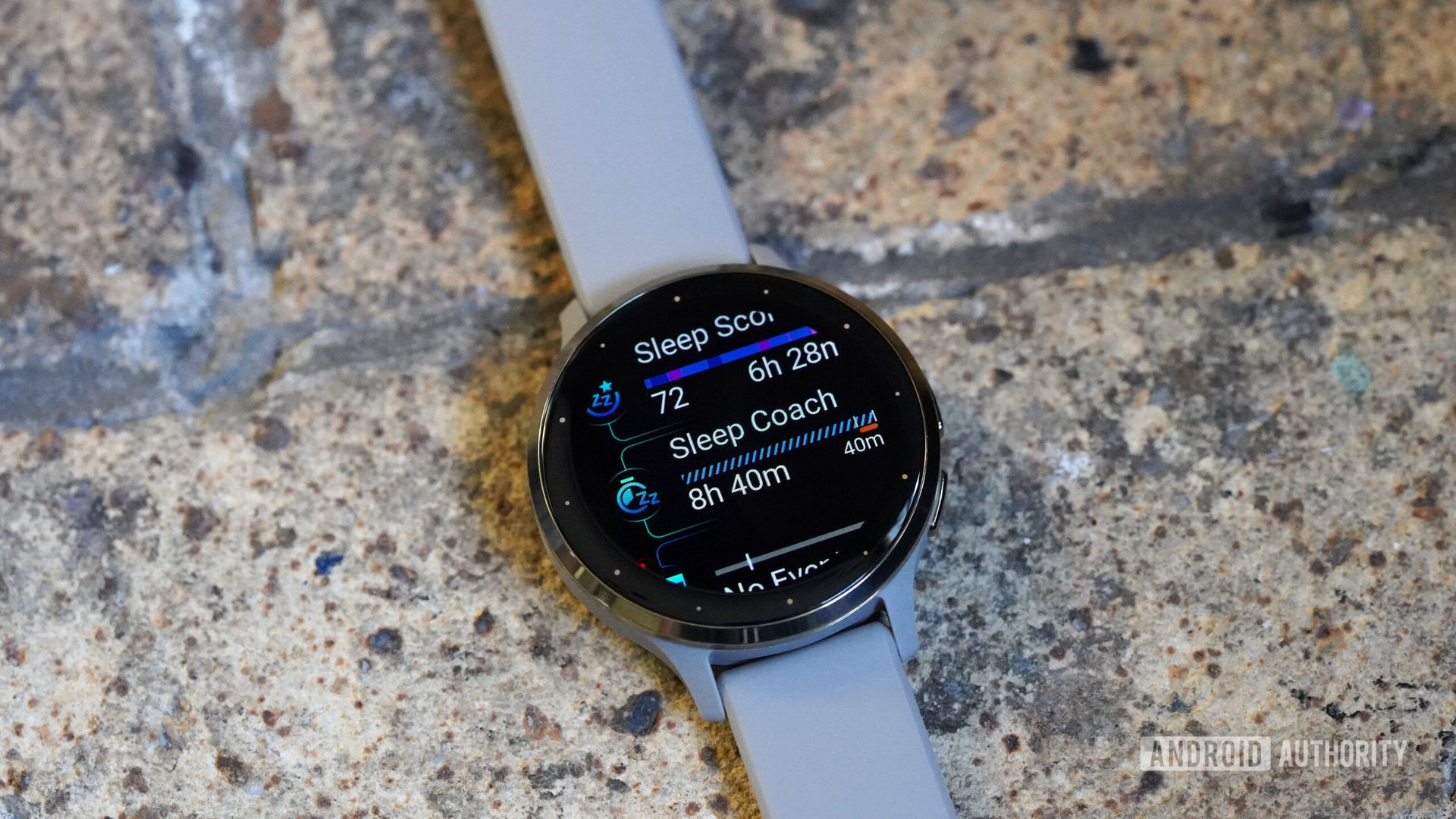
Kaitlyn Cimino / Android Authority
Of course, I’m not saying that all subscriptions should be shunned. In some instances, they do add value to smartwatch users. Withings Plus is a great example of this; it uses the data gathered by the ScanWatch and other models to provide users with more tangible, actionable insights. I’d argue that Fitbit Premium and Apple Fitness Plus are two other health subscriptions that aren’t necessary but add plenty of value to Pixel Watch and Apple Watch users who are happy to pay.
For those willing to pay for tailor-made wellness insights, a subscription to Galaxy AI-powered smarts could introduce this one thing that Samsung Health is currently missing. I’d welcome this sensible use of machine learning.
A subscription could allow Samsung to add the one feature its Health app is currently missing: personal insights.
However, not every company demands a subscription fee to process and contextualize a user’s fitness level and health. Garmin regularly adds new features to its wearables and offers a full bouquet of wellness and health insights without any additional fee. Body Battery, Health Snapshot, sleep coaching, and deep training insights are all available if you have compatible hardware.
Should you really fear a paywalled wearable future?
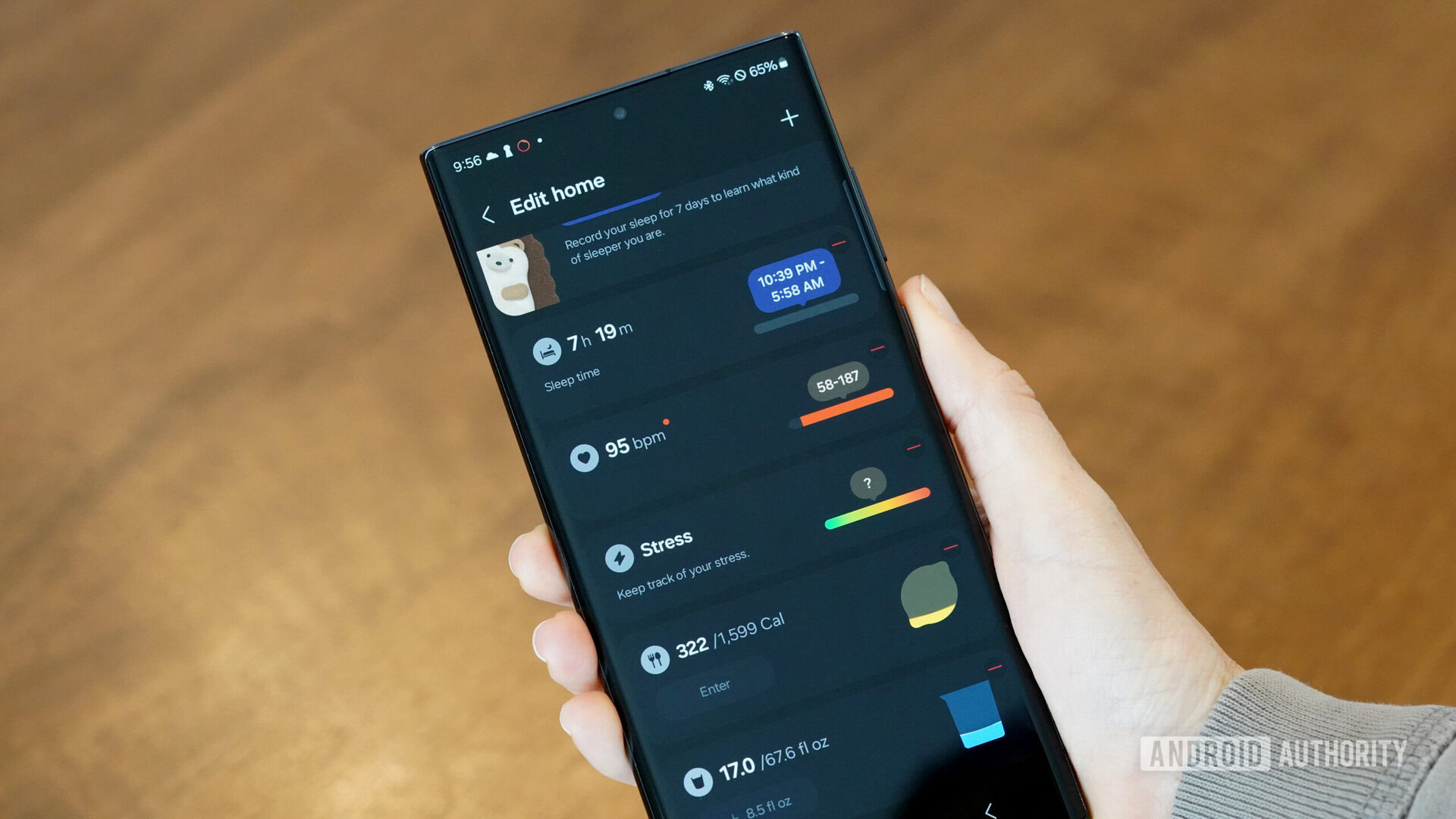
Kaitlyn Cimino / Android Authority
Perhaps “fear” is too provocative of a word. Dread might be more apt. With the inevitable march towards a future with machine learning at the center of it, it seems more than likely that subscriptions will wall off features to those unwilling to pay.
Either way, a Samsung Health subscription service is a double-edged sword. If incorrectly implemented, it could scare users away from the company’s solid wearable ecosystem, which it has rebuilt in the past few years. Conversely, it could bolster an already capable health and wellness tracking suite.
Either way, a subscription service shouldn’t act as an artificial limit to a smartwatch’s hardware, and I hope Samsung feels the same way.

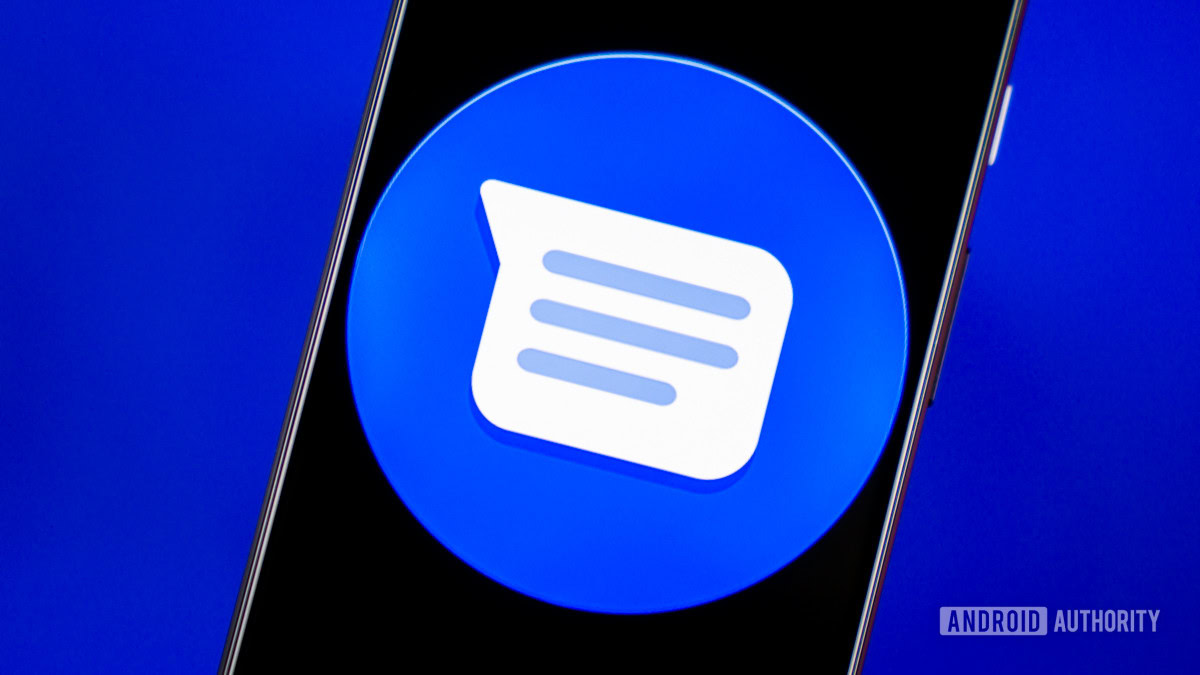
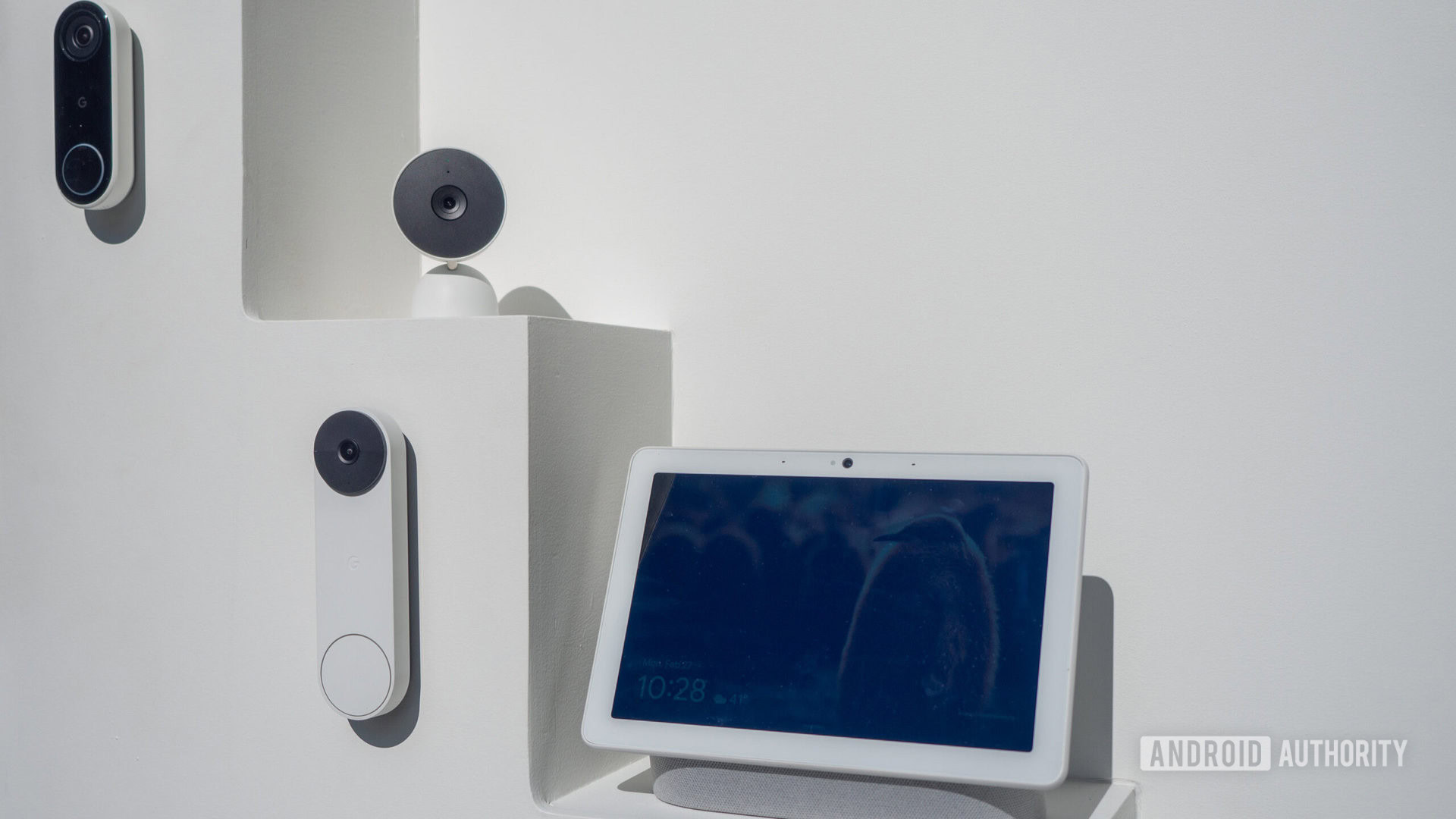
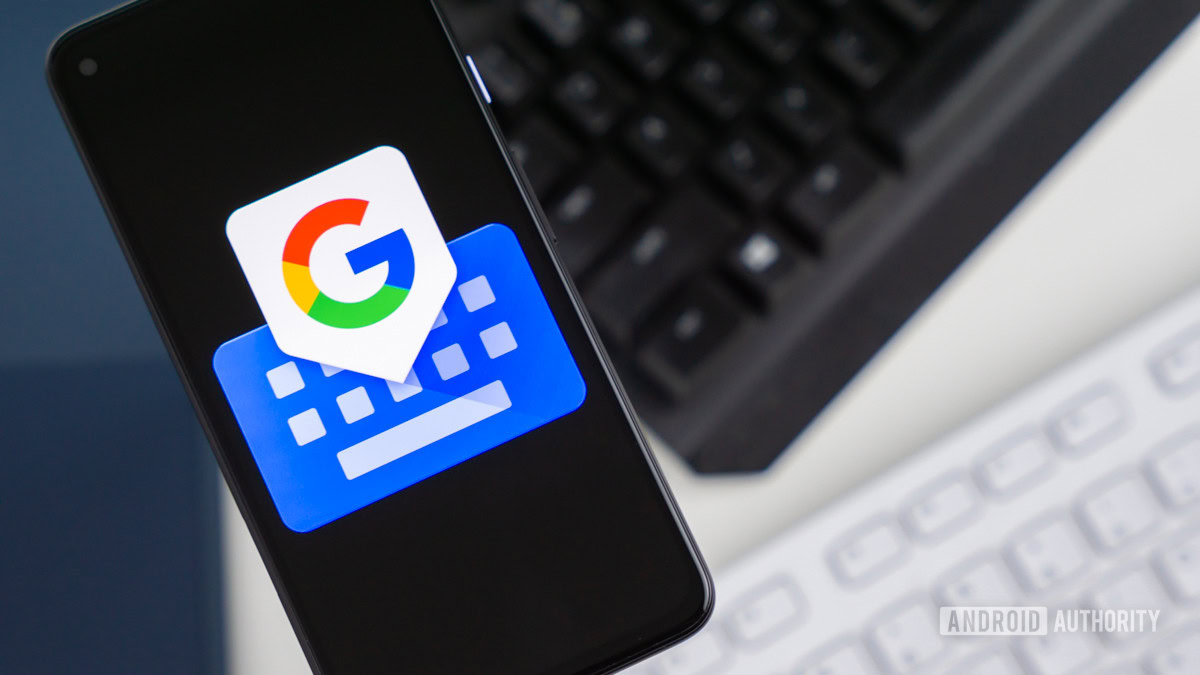




 English (US) ·
English (US) ·